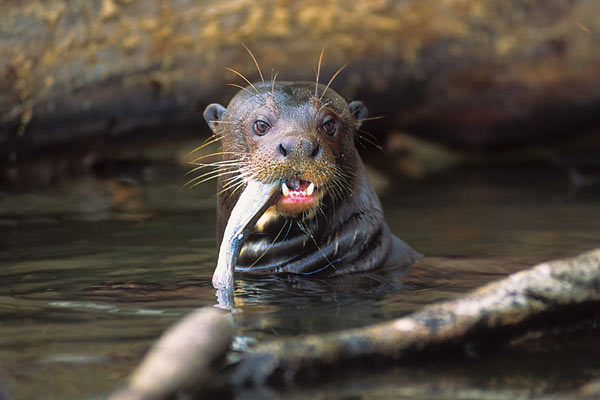A new study in PLOS ONE finds that the species’ population has recovered to full capacity in most of its habitat in Manu National Park in Peru.

Related Posts
Proposed Brazil-Peru road through untouched Amazon gains momentum
March 10, 2022
Scientists and residents of the Serra do Divisor National Park fear impacts of development on the unique biodiversity of the area between Brazil’s Acre state and Peru
Manu National Park: hidden cameras recorded species in their natural environment
October 28, 2014
Thanks to the installation of 60 hidden cameras, the Red TEAM-Network managed to register more than 20,000 images of various terrestrial species in Manu National Park, which consolidates the place as the most biodiverse area of the world.
Conserved landscapes act as barriers against diseases like Covid-19
January 28, 2022
Scientists emphasize that reducing the threats of contagion by zoonoses depends on “landscape immunity”, but in Brazil, the maintenance of large conserved environments runs into loopholes and delays in implementing the Forest Code.
By visiting this site, you agree to the use of cookies, which are designed to improve your experience and are used for the purpose of analytics and personalization. To find out more, please read our Cookies policy. You can change the settings also.